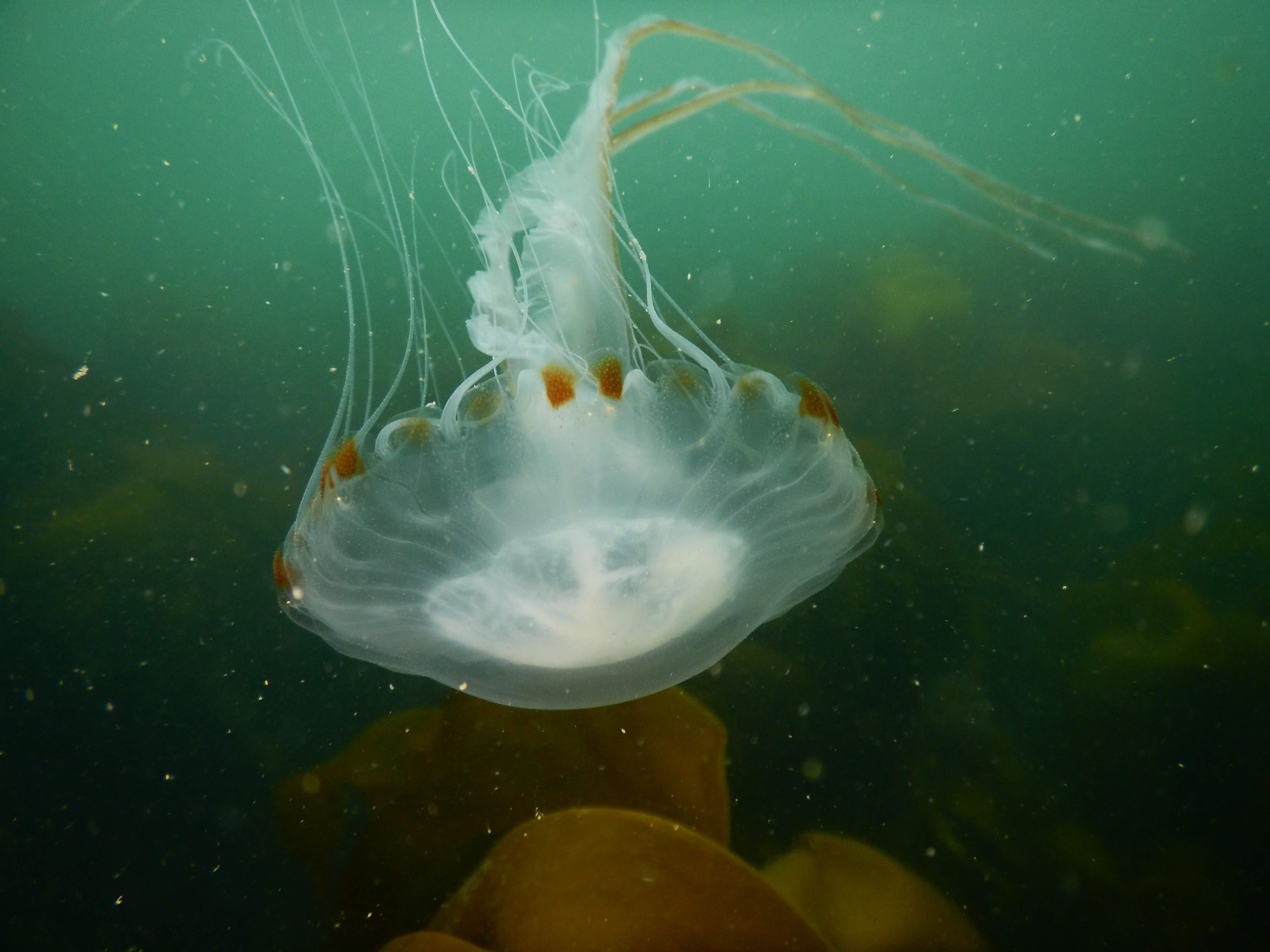-
Courses

Courses
Choosing a course is one of the most important decisions you'll ever make! View our courses and see what our students and lecturers have to say about the courses you are interested in at the links below.
-
University Life

University Life
Each year more than 4,000 choose University of Galway as their University of choice. Find out what life at University of Galway is all about here.
-
About University of Galway

About University of Galway
Since 1845, University of Galway has been sharing the highest quality teaching and research with Ireland and the world. Find out what makes our University so special – from our distinguished history to the latest news and campus developments.
-
Colleges & Schools

Colleges & Schools
University of Galway has earned international recognition as a research-led university with a commitment to top quality teaching across a range of key areas of expertise.
-
Research & Innovation

Research & Innovation
University of Galway’s vibrant research community take on some of the most pressing challenges of our times.
-
Business & Industry

Guiding Breakthrough Research at University of Galway
We explore and facilitate commercial opportunities for the research community at University of Galway, as well as facilitating industry partnership.
-
Alumni & Friends

Alumni & Friends
There are 128,000 University of Galway alumni worldwide. Stay connected to your alumni community! Join our social networks and update your details online.
-
Community Engagement

Community Engagement
At University of Galway, we believe that the best learning takes place when you apply what you learn in a real world context. That's why many of our courses include work placements or community projects.
KelpRes: Evolutionary Aspects
Kelp forest distributions in Ireland are hard to define because it is a subsurface species (not like the Giant Kelp of the Pacific) and often only seen as beach wrack or during recreational dives. Historical records provide patchy information on Cuvie sightings, which improve alongside technologies including SCUBA and satellite imagery. Today, Laminaria hyperborea can be found from the Iberian Peninsula to the coastlines of the Arctic, but past records indicate ranges much further south during ice ages (the ice cap shade marine environments) and predictions indicate it will move northward with climate change.
Ocean warming is specifically restricting distribution of Cuvie in its southernmost range where populations are thought to house more private, and potentially resilient, genetic diversity (glacial refugia). Our preliminary work indicates that the southwestern marine habitats have more diverse Cuvie populations, but this region needs to be more thoroughly investigated along with the rest of Ireland. Dr Stacy Krueger-Hadfield is an expert in algal mating systems and evolutionary ecology, and will assist with molecular analysis on this project.
For future monitoring of sub surface kelps, open access remote sensing resources like Copernicus/LANDSAT should be tapped for information. We aim to create an easy access to for kelp forest mapping that can be easily used by stakeholders. Dr. Aaron Golden and Dr. Arjun Chennu (MPIMM, ASSEMBLE research exchange) will target this issue.
















